Похожие презентации:
Negotiations Overview. Negotiation Skills. Communication
1.
NegotiationsBY KATALIN DIÓSSI PH.D.
2.
IntroductionEducation
◦ MSc: Economics and Social Sciences
◦ PhD: Management and Business Administration
Professional experience
◦ Middle Manager in International Company
◦ Internal consultant and trainer
◦ Executive coach
◦ For profit and not-for profit organistation
Private
◦ Strong charity involvement
◦ Mother of 3 (2007, 2009, 2011)
3.
Topics of the CourseNegotiations Overview
Negotiation Skills
Communication
4.
Evaluation and GradingoWork during the class
oTask
oFinal work
5.
Negotiation OverviewDefinition
Negotiation is a dialogue between two or more people or parties
intended to reach a beneficial outcome.
www.wikipedia.com
Negotiation is a method by which people settle differences. It is a
process by which compromise or agreement is reached while
avoiding argument and dispute.
www.skillsyouneed.com
6.
Negotiation OverviewDefinition
Negotiations is a bargaining (give and take) process between two or
more parties (each with its own aims, needs, and viewpoints)
seeking to discover a common ground and reach an agreement to
settle a matter of mutual concern or resolve a conflict.
www.businessdictionary.com
7.
Negotiation Overviewo Strategy
o Process
o Tools
o Tactics
8.
Communication OverviewDefinition
Communicare (latin): share, divide, receive
„meaningful exchange of information between two or more
participant”
Activity, skill and art
9.
Communication OverviewCommunication is
much more of an art
than a science.
10.
Communication OverviewProcess
11.
Communication OverviewNoise: can disrupt or distort communication
Context
◦
◦
◦
◦
◦
Intrapersonal
Interpersonal
Group
Organisational
Mass
◦ Intercultural
◦ Gender
◦ Computer mediated
12.
Communication Channels13.
Communication ChannelsChannel
Verbal
Non-verbal
Facial
Expressions
Oral
Written
Gestures
Speaking
Writing
Body
Language
Listening
Reading
Proximity
Touch
Personal
Appearance
Silence
14.
Verbal CommunicationOral Communication
Speaking
15.
Verbal CommunicationOral Communication
◦ Speaking
◦ Face-to-Face
◦ Video conference
◦ Phone
16.
Verbal CommunicationMeeting
◦ Place
◦ Time
◦ Accompanying documents
17.
Verbal CommunicationFace-to-face
Video
Phone
Place
1
2
3
Time
4
5
6
18.
Verbal CommunicationOral Communication
Listening
19.
Verbal CommunicationLISTENING
◦ Advantages
◦ Disadvantages
◦ Expected business impact
◦
◦
◦
◦
◦
◦
◦
Not listening
Pretend listening
Partially listening
Focused listening
Interpretive listening
Interactive listening
Engaged listening
20.
Verbal CommunicationWritten Communication
21.
Verbal CommunicationWRITTEN COMMUNICATION
◦ Invitation
oFunction
◦ Agenda
◦ Hand-outs
◦ Minutes
◦ To Do List
oContent
oTiming
22.
Verbal CommunicationWRITTEN COMMUNICATION
◦ Chat
◦ Social media
23.
Verbal CommunicationWRITTEN COMMUNICATION
Official letters
oOffer
oContract
oRelease
24.
Non-verbalCommunication
25.
Non-verbal Communication26.
Non-verbal CommunicationFacial Expressions
Facial expressions are among the most universal forms of body
language. The expressions used to convey
◦
◦
◦
◦
fear,
anger,
sadness, and
happiness
are similar throughout the world.
27.
Non-verbal CommunicationHow to read faces?
◦ Eyes
◦ Lips
◦ Nose
◦ Eyebrows
28.
Non-verbal Communication29.
Non-verbal Communication30.
Non-verbal CommunicationGestures
◦ Stiff hands discourage
◦ Stay in the box!!!
◦ “Jazz” hands
=
lack of control
31.
Non-verbal Communication32.
Non-verbal Communication33.
Non-verbal CommunicationGestures
◦ Gestures can be some of the most direct and obvious signals.
◦ Some gestures may be cultural!
34.
Non-verbal Communication35.
Non-verbal Communication36.
Non-verbal Communication37.
Non-verbal Communication38.
Non-verbal Communication39.
Non-verbal Communication40.
Non-verbal Communication41.
Non-verbal Communication42.
Non-verbal Communication43.
Non-verbal Communication44.
Non-verbal Communication45.
Non-verbal Communication46.
Non-verbal CommunicationBody Posture
◦ The term posture refers to how we hold our bodies as well as overall
physical form of an individual.
◦ Standing
◦ Sitting
◦ Walking
47.
Non-verbal Communication48.
Non-verbal CommunicationBlog
49.
Non-verbal Communication50.
Non-verbal Communication51.
Non-verbal Communication52.
Non-verbal CommunicationProxemics
◦ Highly cultural!
53.
Non-verbal Communication54.
Non-verbal CommunicationTouch
◦ Touch is not a widely used form of communication in western society.
Touch is usually reserved for most intimate relationships and for
communication between close friends.
◦ If used it usually expresses positive relationship. In situations when
used for guiding can be authoritative!
◦ BUT: handshake!
55.
Non-verbal Communication56.
Non-verbal CommunicationSilence
◦ By using silence at strategic times, you can sometimes get your
decoder to reveal certain feelings and attitudes that may be
hindering effective communication.
◦ Silence can be an effective technique to encourage feedback.
◦ Silence can give weight to your words.
◦ Silence can trigger help.
57.
Non-verbal CommunicationTricks and tips
◦ Stand straight at all times
◦ Release tense, tiredness
◦ Maintain eye contact
◦ Triangle method
◦ Purposeful gestures
◦ Centered positioning
◦ Handshake!
58.
Non-verbal Communication59.
Non-verbal Communication60.
Non-verbal Communication61.
Non-verbal Communication62.
Non-verbal Communication63.
Non-verbal Communication64.
Non-verbal Communication65.
Non-verbal Communication66.
Negotiation Overviewo Strategy
o Process
o Tools
o Tactics
67.
Negotiation Strategy68.
Negotiation OverviewDual Concerns Model
69.
Negotiation OverviewSituation
◦ Buying a car
◦ Strategic supplier
◦ Job offer
◦ Traffic situation
◦ Relationship/Marriage
70.
Negotiation OverviewUnderstanding the goal
o Direct effects
o
o
o
o
Wishes vs. goals
Linked goals
Boundaries
Concrete, specific, measurable
o Intangible goals
o Procedural goals
71.
Negotiation Overview72.
Negotiation OverviewBATNA – Best Alternative to a Negotiated Agreement
73.
Negotiation OverviewFind the BATNA!
o Negotiating driver fare: University – Red Square
o Buying phone: iPhone 7
74.
Negotiation OverviewReservation Price
Bargaining Zone
Reservation Price
75.
Negotiation Overview76.
Negotiation OverviewSituations:
Observers:
◦ Buying a jacket
◦ Renting an apartment
oWhat went well
◦ Selling old bicycle
oWhat could be improved?
◦ Selling fruits
77.
Negotiation Overview78.
Negotiation Overview79.
Negotiation Overview80.
Negotiation Overviewo “I can not go beyond this
point in this issue!”
Distributive
o“Can you explain why this
issue is so important to
you?”
Integrative
81.
Negotiation Overview82.
Negotiation Overviewo Leather jacket
o Flat rental
o Bicycle
o Melons
83.
Negotiation Overview84.
Negotiation Overview85.
Negotiation Overviewo Strategy
o Process
o Tools
o Tactics
86.
Negotiation Process87.
Negotiation Overview88.
Negotiation Overview89.
Negotiation Overview90.
Negotiation Overview91.
Negotiation Overview92.
Negotiation Overview1. Prepare: Know what you want. Understand them.
2. Open: Put your case. Hear theirs.
3. Argue: Support your case. Expose theirs.
4. Explore: Seek understanding and possibility.
5. Signal: Indicate your readiness to work together.
6. Package: Assemble potential trades.
7. Close: Reach final agreement.
8. Sustain: Make sure what is agreed happens.
93.
Negotiation Overview1. Prepare: Know what you want. Understand them.
o Know what you want from the process
o understand the needs of the people involved
o be able to understand different positions and interests
o know your priorities and be able to identify boundaries
94.
Negotiation Overviewo Determine how to get there:
o know what resources you can tap into
o develop a strategy that you can work with
o have a walk-away position
95.
Negotiation Overviewo Set a time and place: Once you have all the information
you need, set up an appropriate time and place for the
negotiation to take place.
96.
Negotiation Overview2. Open: Put your case. Hear theirs.
o Be confident.
o Demonstrate to the other party that you know what you
are doing.
97.
Negotiation Overviewo State your case:
o paint the context of your negotiation
o verify your need and what you want as a result
o position yourself to frame the outcome appropriately
98.
Negotiation Overview3. Argue: Support your case. Expose theirs.
o Respond to the other party’s views or argument by
o minimizing their benefits to you
o weakening their argument
o managing their needs all the same
99.
Negotiation Overviewo Strengthen your argument by
o maximizing the benefits for them
o strengthening your truth
o legitimizing your needs
100.
Negotiation Overview4. Explore: Seek understanding and possibility.
o Find areas where you both agree.
o Both parties can agree on some things, so make sure to
find areas of difference that can be amplified into
agreements.
101.
Negotiation Overviewo Once you know where you agree and disagree, then you
can work to find ways to reach an agreement by looking
into criteria and outcome.
102.
Negotiation Overviewo Move forward by
o seeking variables
o managing information
o keeping your main goal clear and flexible
103.
Negotiation Overview5. Signal: Indicate your readiness to work together.
o Show the other party that you are ready to move forward,
wait for their signal, and move towards concession.
104.
Negotiation Overview6. Package: Assemble potential trades.
o Identify agreeable trades and put together potential
agreements.
o Make proposals that offer concessions.
o Have your trade package ready that you believe satisfies
both sides of the table.
105.
Negotiation Overview7. Close: Reach final agreement.
o Agree on the details and confirm the agreement.
o Sign a legitimate contract.
o Closing a negotiation deal can also be shaking hands, or
agreeing to what has been said.
106.
Negotiation Overview8. Sustain: Make sure what is agreed happens.
o Burning bridges: Ensure there is no way that either party
will back out of the negotiation.
107.
Negotiation Overviewo Evidence stream: Show whoever you negotiate with that
the change they want to take place is happening.
108.
Negotiation Overviewo Golden handcuffs: Keep key people in the process around
with delayed rewards.
109.
Negotiation Overviewo Involvement: Give each person who is important to the
negotiation an important role.
110.
Negotiation Overviewo Reward alignment: Align the rewards with the desired
behaviours or actions that you want to see take place.
111.
Negotiation Overviewo Rites of passage: Use formal rituals to confirm change is
taking place.
112.
Negotiation Overviewo Strategy
o Process
o Tools
o Tactics
113.
Negotiation Tools, TacticsAsk for more than you expect to get!
1. You might just get it.
2. It makes it easier to get what you really want.
3. It raises the perceived value of what you’re offering.
4. It prevents deadlocks with an egotistical person who wants to “win”.
114.
Negotiation Tools, Tacticso Never talk about price before you have built an emotional connection with
the other side.
o Project to the other side that you are prepared to walk away.
o Fall in love with three, not just one.
115.
Negotiation Tools, Tacticso The Monkey on your Back
o I can only afford 10,000 EUR. The budget will not stretch any further…
o What to do?
o Find out if the budget is real without getting embarrassed!
116.
Negotiation Tools, Tacticso The Use of Higher Authority
o I need to have this agreed by my Board of Directors.
(1) the negotiator really does lack authority and will have to bring the proposed agreement back
to the individual or group with the final authority,
(2) the negotiator states that their authority is limited when in fact they could conclude the
proposed agreement, or
(3) the negotiator technically lacks the authority but knows that in all probability the "higher
authority" will approve their recommendations.
o What to do?
o If you can't make the decision, let me talk to the person who can.
117.
Negotiation Tools, Tacticso Nibbling
o Just one more thing…
o What to do?
o Give in if it does not hurt.
o Insist on revising the terms of agreement.
o Make them look cheap.
118.
Negotiation Tools, Tacticso Good Guy / Bad Guy
o Hurt and rescue principle
o What to do?
o Fight fire with fire
o Expose the technique
119.
Negotiation Tools, Tacticso The use of Silence
o -
o What to do?
o Ask open ended question
120.
Negotiation Tools, Tacticso The Vice
o You will have to do better than that!
o What to do?
o Ask to be more specific:
o “Where in particular do we need to be better?”
o “Exactly how much better than that do I have to do?”
121.
Negotiation Tools, Tacticso Take It or Leave It
o This is our best and final offer. Take it or leave it!
o What to do?
o Use a big question:
o “What will happen if we do not get this dispute resolved?”
o Call you bluff
o “Okay then, you might as well leave now.”
o Ignore and continue negotiating
122.
Negotiation Tools, Tacticso High Ball / Low Ball
o What to do?
o Low Ball:
o Walk away
o Repeat your original offer
o Withdraw your offer and start with a higher new one
o High Ball
o Know the market!
o Know your BATNA (or bluff it)
o Ask for price break down
123.
Negotiation Tools, Tactics124.
Negotiation Tools, Tactics1. The Use of Higher Authority
2. The Monkey on your Back
3. Take It or Leave It
4. The Vice
5. Nibbling
6. High Ball / Low Ball
125.
Negotiation Tools, Tacticso The Russian Front
o Presented with 2 options, A and B, one worse than the other.
o What to do?
o Remember two wrongs don’t make it right
o Attach your own considerations
126.
Negotiation Tools, Tactics127.
Negotiation Tools, Tacticso Life of Brian
o Willingness to negotiate
128.
Negotiation Tools, Tacticso Fifth Element
o Preparation – understanding our negotiation partner
129.
Negotiation Tools, Tacticso Up in the air
o Preparation – understanding our negotiation partner
130.
Negotiation Tools, Tacticso Just go with it
o Negotiation process
131.
Negotiation Tools, Tacticso Wedding Crashers
o Emotional engagement
132.
Negotiation Tools, Tacticso Erin Bronkovich
o Preparation
o Using tactics
133.
Negotiation Tools, Tacticso Jobs
o Preparation
o Building emotional connection
o Negotiation
134.
Negotiation Tools, Tacticso American Hustle
135.
Negotiation Tools, Tacticso Night Crawler
136.
Multi-Negotiationo Cross-cultural negotiation
o Multi-party
o Multi-issue
o Multi-strategy
o Team negotiation
137.
Multi-Negotiationo Cross-cultural negotiation
o Language
o Nonverbal behaviours
o Values
o Thinking and decision-making processes
138.
Multi-Negotiationo Language
o Comprehension
o Misuse of language
o Translators
139.
Multi-Negotiationo Language
o No
o
CHN 1,5
SPN 23,2
BRZ 41,9
RUSS 23,6
USA 55,1
BRZ 90,4
o You
o
140.
Multi-Negotiation141.
Multi-Negotiationo Goal
o “Contract” as goal
o Spain: 74%
o India: 33%
142.
Multi-Negotiationo Attitude
o Win-win
o Japan: 100%
o Spain: 33%
143.
Multi-Negotiationo Personal Style (perceived meaning)
o Formality vs. Informality
o Respect
o Coldness
144.
Multi-Negotiationo Direct – Indirect communication
o Saying “NO”
o Rude to argue
o
Interruptions
USA 5,1
BRZ 14,3
ISRL 30,1
145.
Multi-Negotiationo Timing
o Punctuality
o Pacing
o Time is money
146.
Multi-Negotiationo Emotion
o Display of emotions
o Latino vs. Nordic
147.
Multi-Negotiationo Agreements
o General vs. Specific
o USA: very specific to cover all possible aspects
o China: agreement of general principles
148.
Multi-Negotiationo Top-down or Bottom-up?
o General vs. Specific
o USA: specifics to form basis for general
o France: basic principals guide details
149.
Multi-Negotiationo One leader vs. Consensus
o One leader
o Fast
o Full authority
o Group
o May anticipate problems before they occur
150.
Multi-Negotiationo Risk taking
o Poorer countries take more risk
o Individualistic cultures take more risk
151.
Multi-Negotiationo Understand cultures – especially yours!
o Gather intelligence and use it!
o Do not just adjust to cultural differences, exploit them!
152.
Multi-Negotiationo Cross-cultural negotiation
o Multi-party
o Multi-issue
o Multi-strategy
o Team negotiation
153.
Multi-Negotiationo Cross-cultural negotiation
o Multi-party
o Multi-issue
o Multi-strategy
o Team negotiation
154.
Multi-Negotiationo Pecking order
o Information puzzle
o Variety of agendas
o Chaotic Order vs. Ordered Chaos
155.
Multi-Negotiationo Pecking Order
o Status
o Authority levels
o Danger: power struggle!
156.
Multi-Negotiationo Information Puzzle
o Facts and figures
o Projections
o Expert opinions
o Extraneous analysis
157.
Multi-Negotiationo Variety of Agendas
o Individual viewpoints
o Individual issues
o Individual objectives
o Key: maintaining unified direction!
158.
Multi-Negotiationo Chaotic Order vs. Ordered Chaos
o Taking turns
o Dominant person to lead
o …
159.
Multi-Negotiationo Primary Considerations
o Non-Agreement Consequences
o Costs and consequences of non-negotiation
o Decision Making
o Unanimous Consensus
o Majority Rule
o …
o First Agreement Objectives
160.
Multi-Negotiationo Managing the Process
o Appoint a Chairperson
o Neutral facilitator
o Filling in the Information Frame
o Big picture
161.
Multi-Negotiationo Attention!!!
o Intolerance
o Emotions in Check - ventilation
o Preparation
162.
Multi-Negotiationo Positive Discussion Strategies
o Delphi Technique
o Brainstorming
o Nominal Group Technique
o Agenda
163.
Multi-Negotiation164.
Multi-Negotiationo Cross-cultural negotiation
o Multi-party
o Multi-issue
o Multi-strategy
o Team negotiation
165.
Multi-Negotiationo Multi-issue
o Time constraints
o Information state
o Number of items
o Interdependencies of the items
166.
Multi-Negotiationo Multi-issue
o Package deal
o Simultaneous negotiation
o Sequential negotiation
167.
Multi-Negotiationo Package Deal
A package deal is a deal that
provides a range of benefits,
services, or concessions, all of
which need to be accepted or
rejected in one go.
168.
Multi-Negotiationo Package Deal
o Examples
o Advantages
o Disadvantages
169.
Multi-Negotiationo Package Deal
Crete package deals to help Santa
downsize his workload!!!
170.
Multi-Negotiationo Simultaneous Negotiation
o MESO - Multiple Equivalent Simultaneous Offers
o Identify and prioritize issues
o Identify different likely outcomes for each issue
o Create equivalent offers (at least three)
171.
Multi-Negotiationo MESO
o Salary
$ 40,000 – $ 65,000
o Vacation
2 – 4 weeks
o Travel
5 – 30%
Create equivalent offers (at least three)!
172.
Multi-Negotiationo Sequential Negotiation
o High importance on the order – negotiation agenda!!!
o Subjective emotions -> spill-over effect!
173.
Multi-Negotiationo Cross-cultural negotiation
o Multi-party
o Multi-issue
o Multi-strategy
o Team negotiation
174.
Multi-Negotiationo Team Negotiation
o can create new opportunities for integrative solutions
o stimulate more discussion and more information sharing
o feel more powerful and more advantaged
o Must agree on key issues!!!
175.
Multi-Negotiationo Roles
o
o
o
o
o
o
o
Leader
Critic
Relater
Expert
Recorder
Builder
Observer






















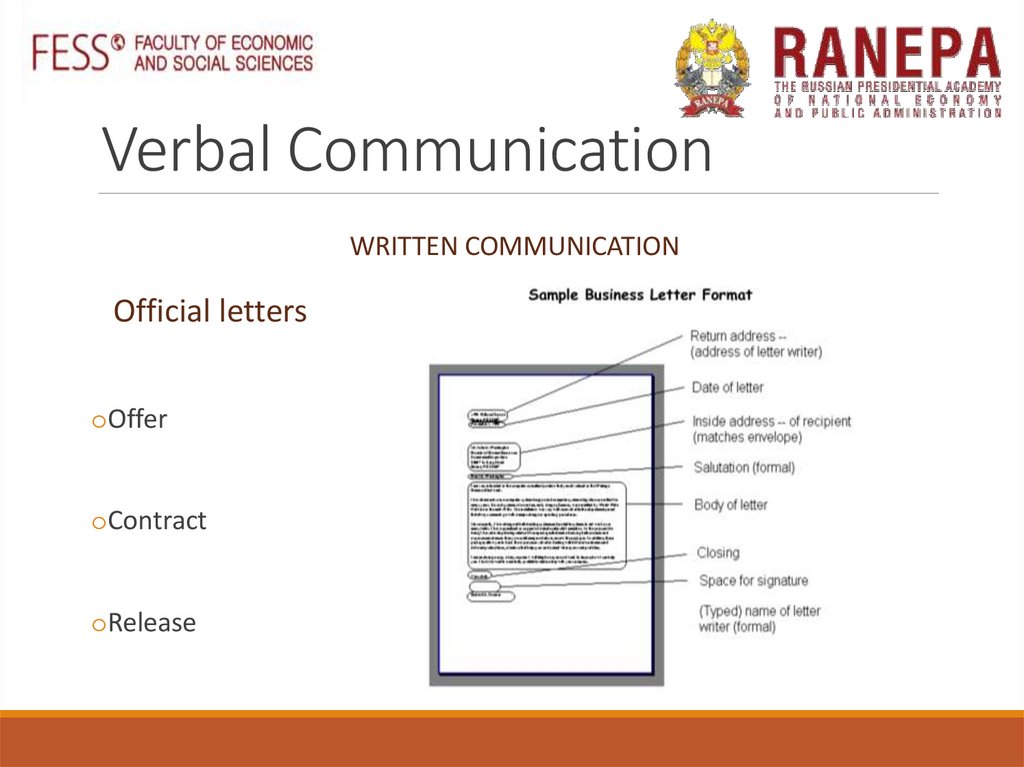
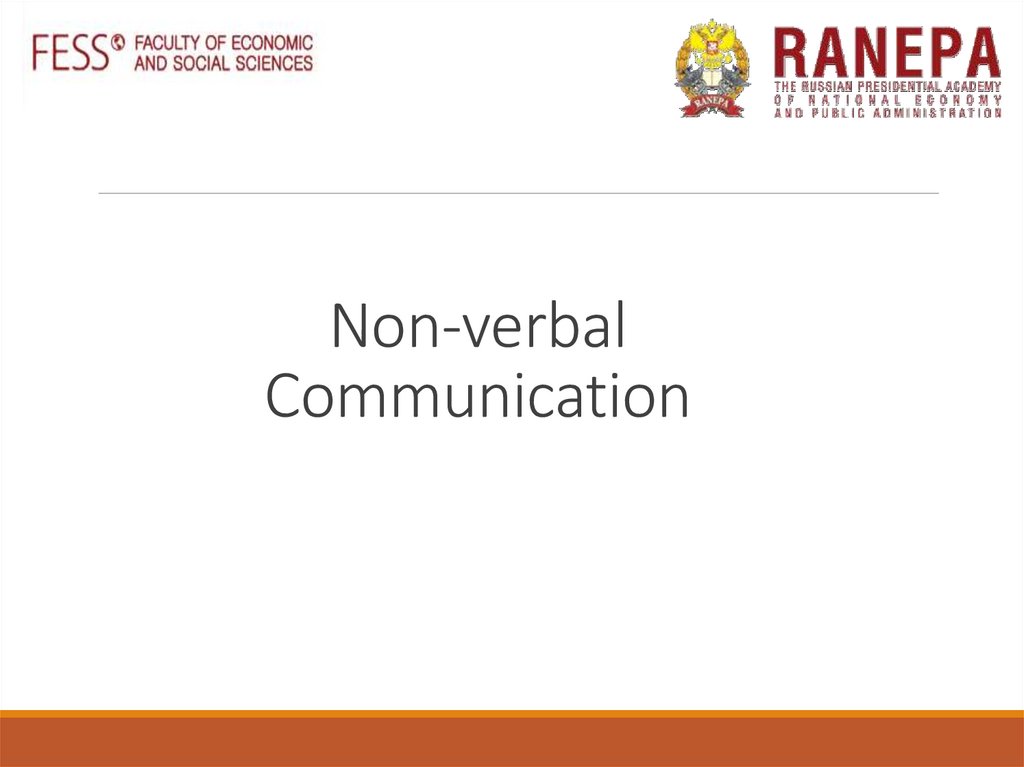





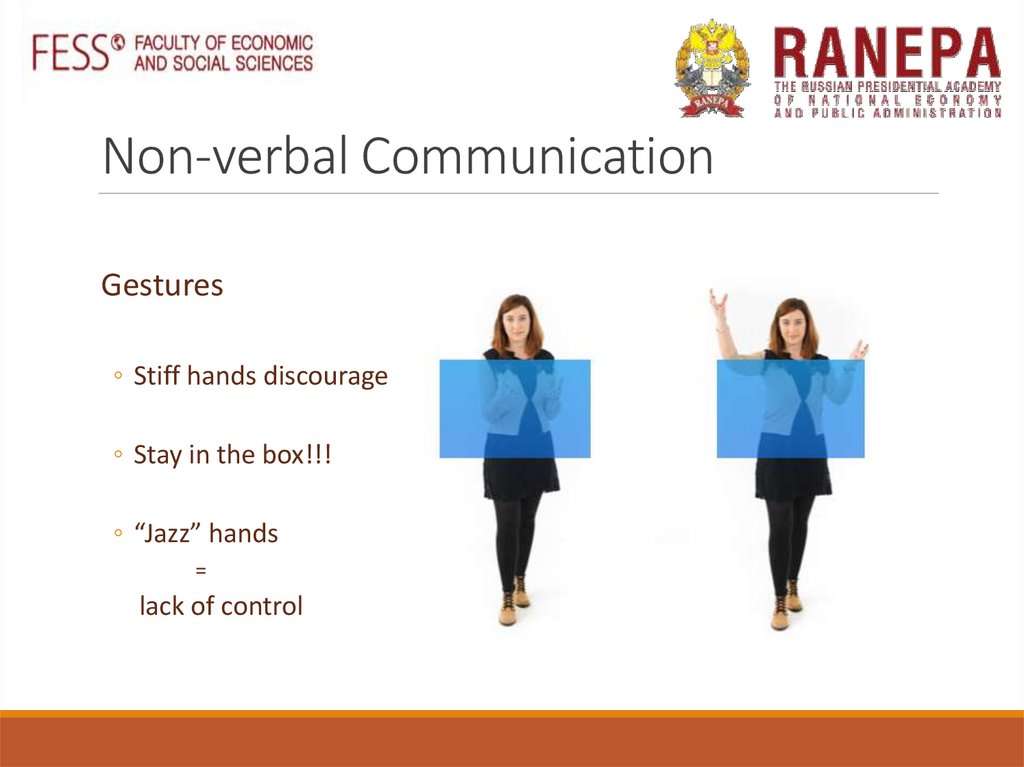


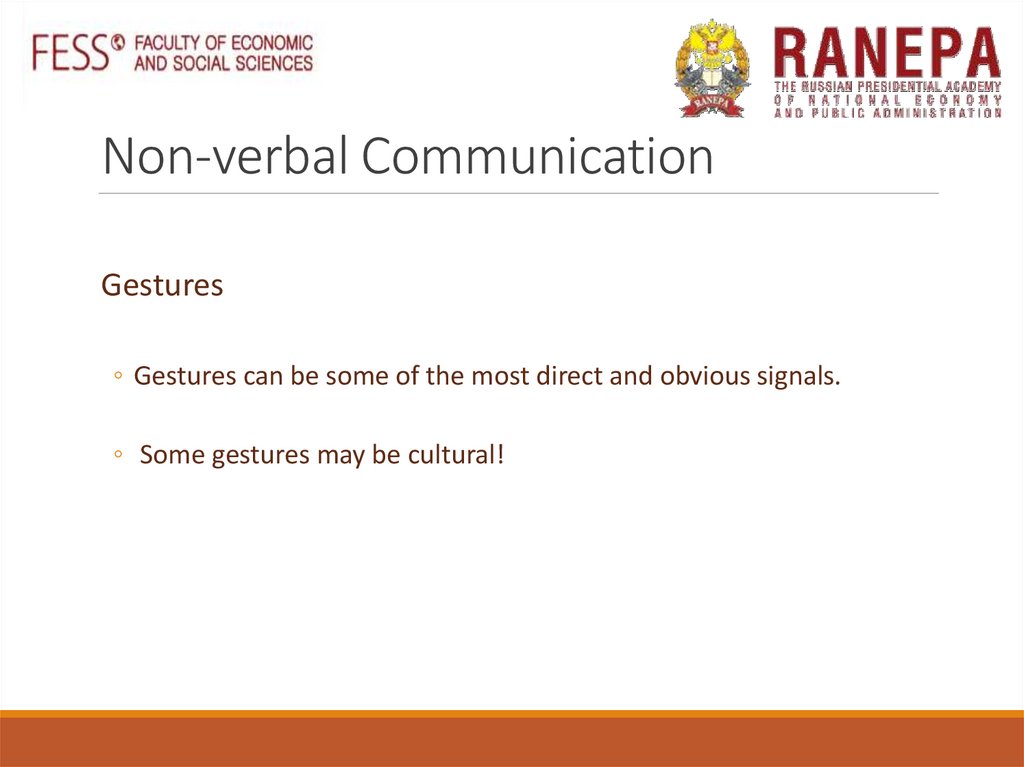









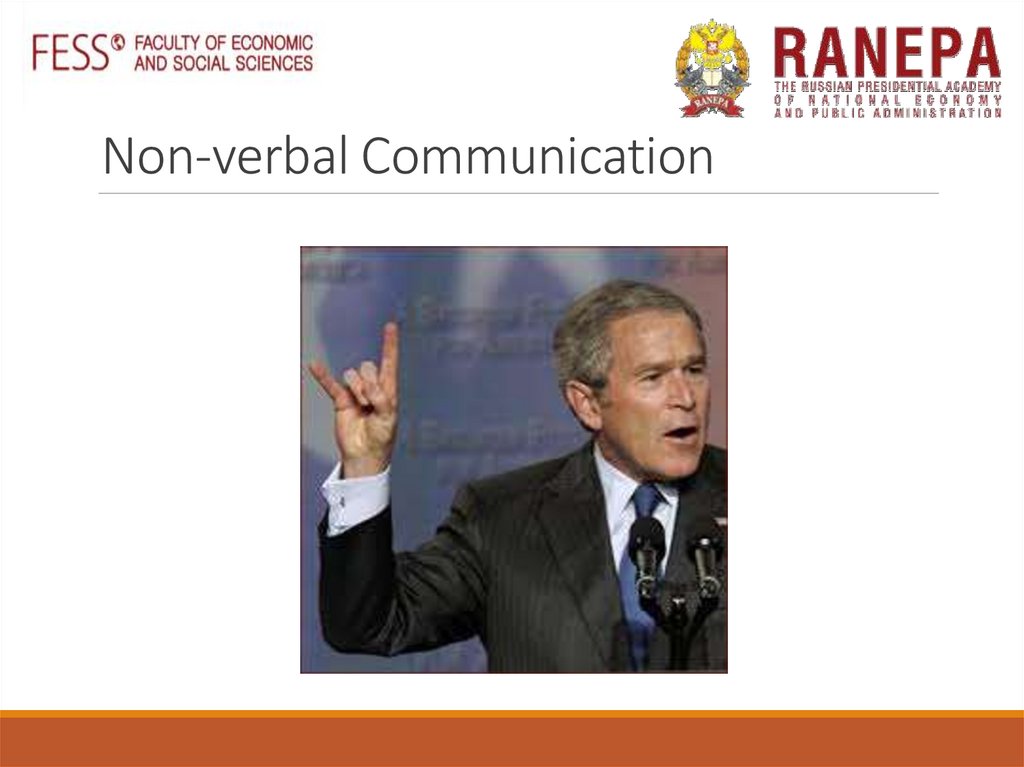




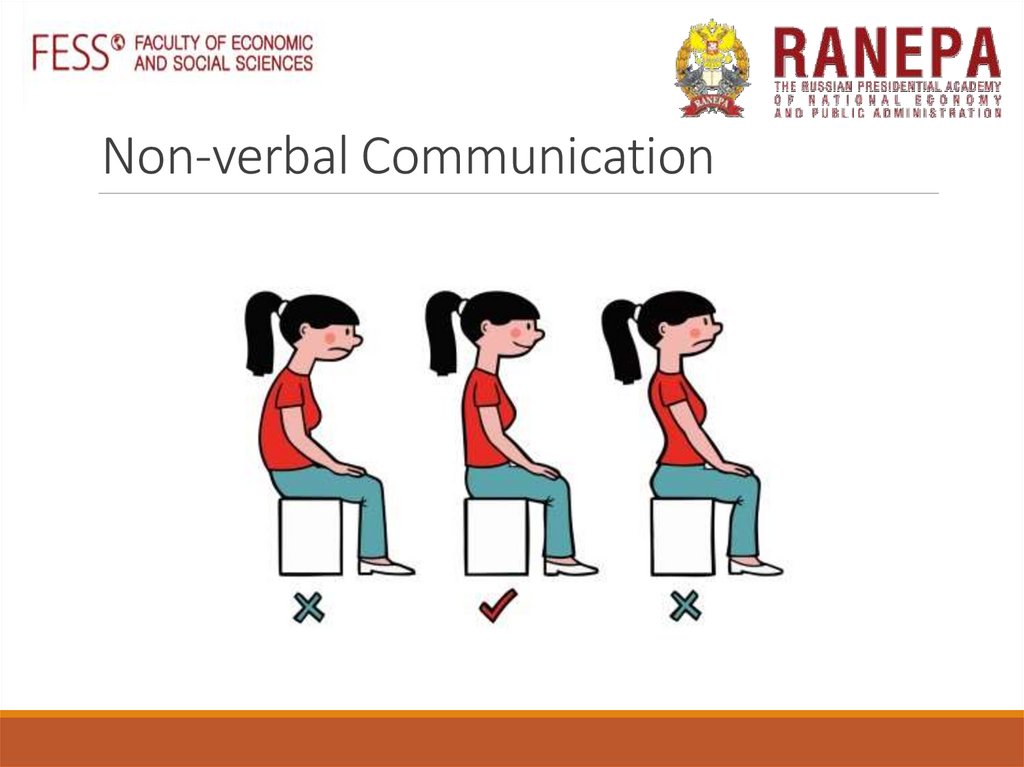
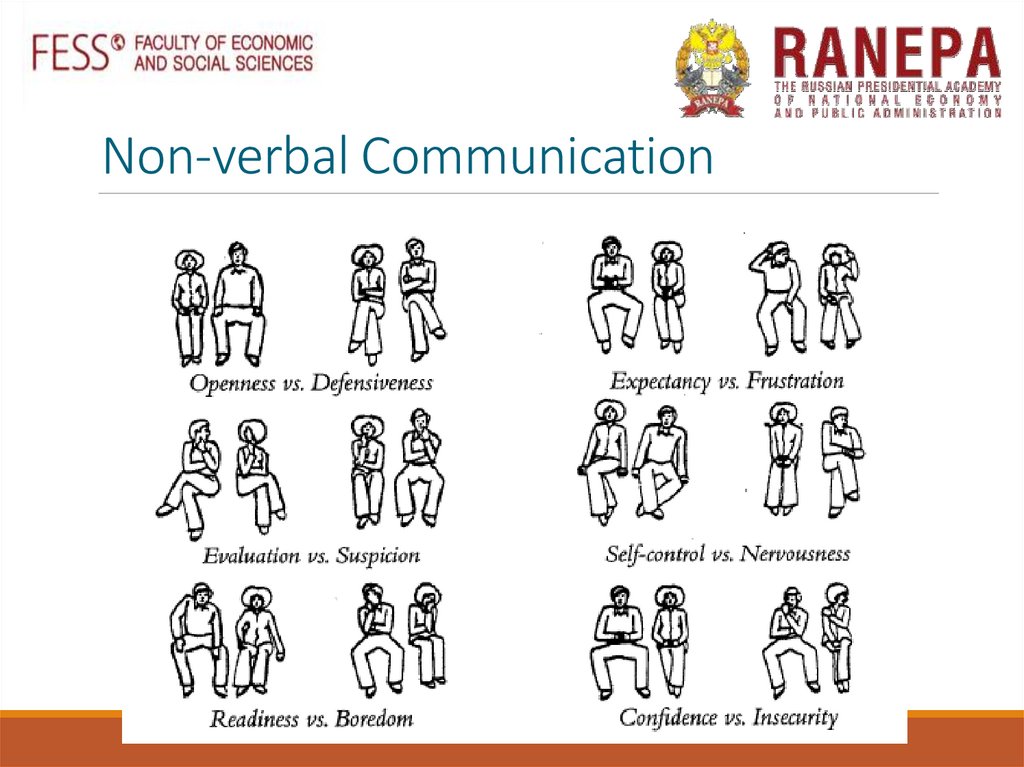

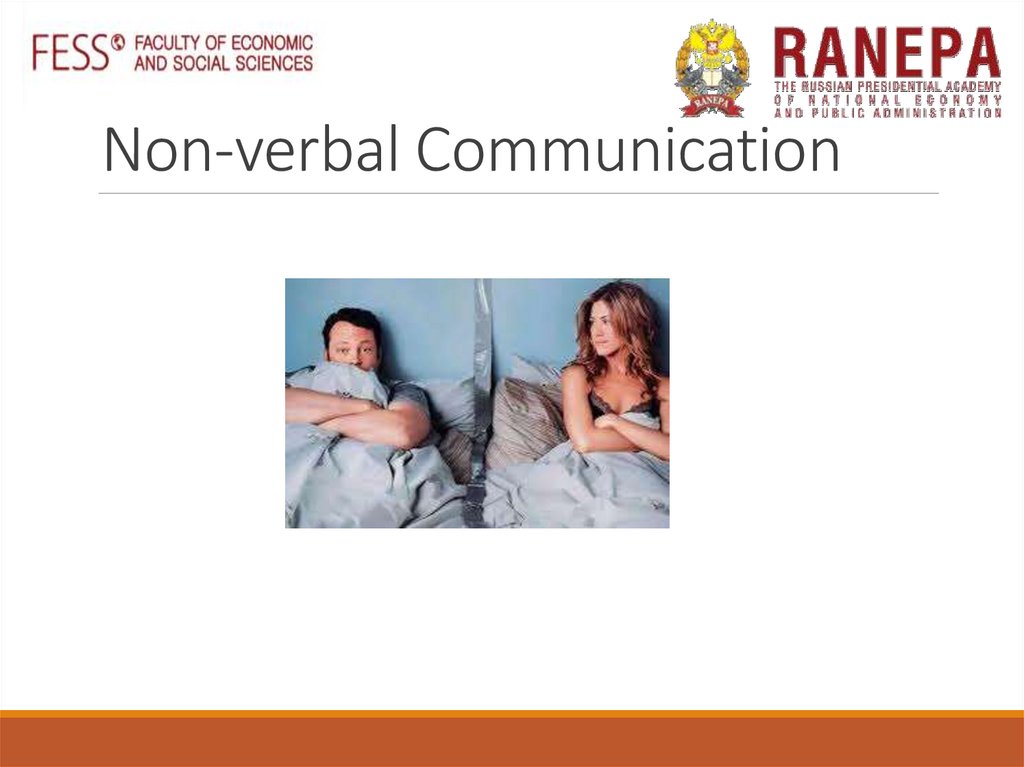



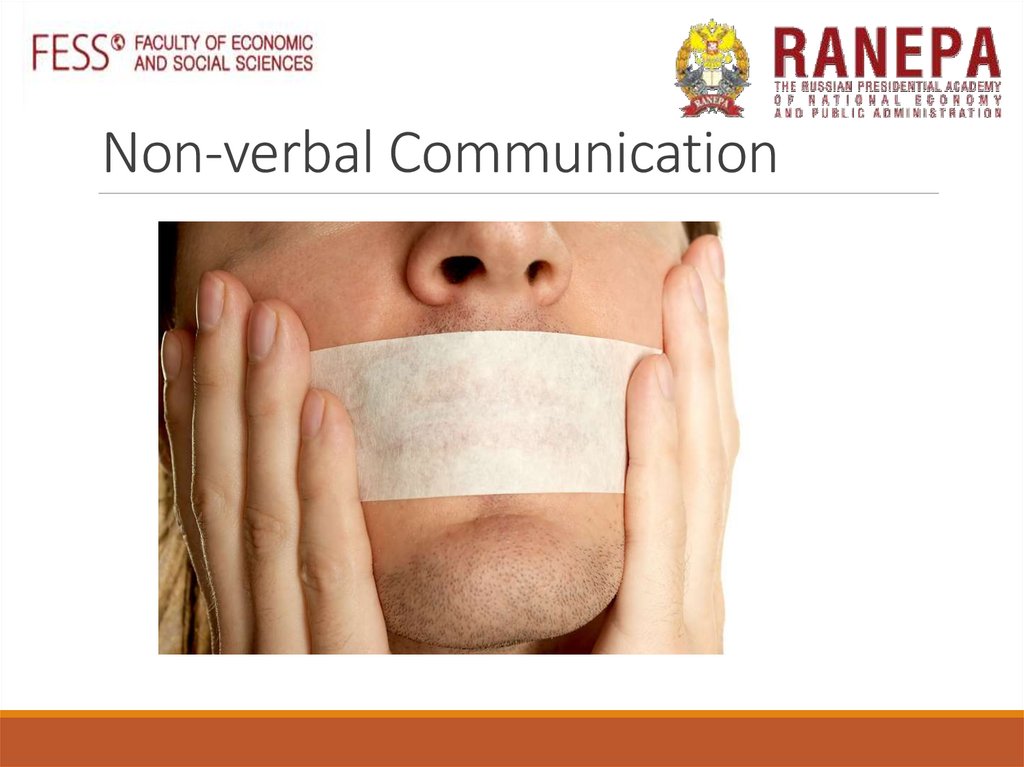

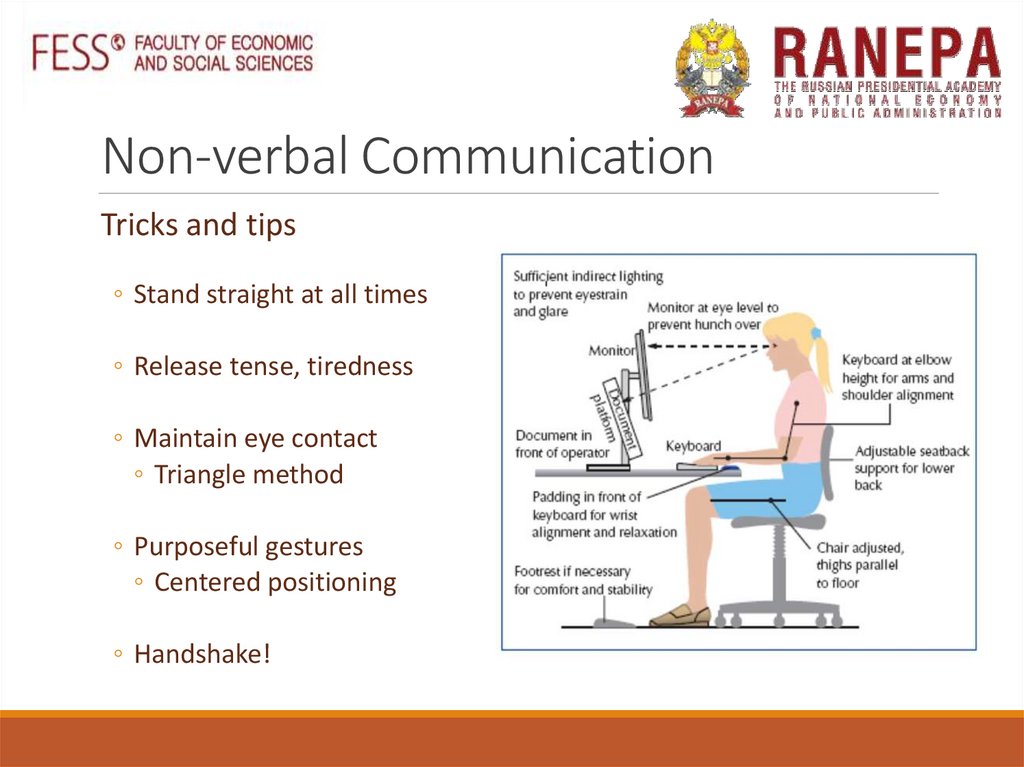















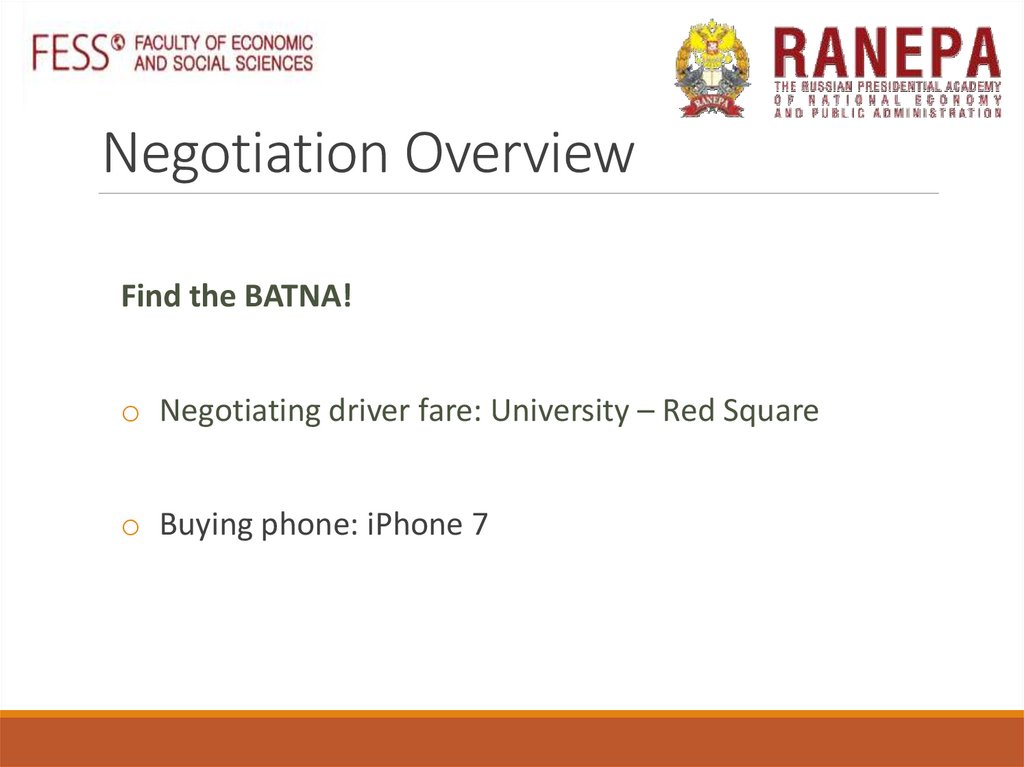




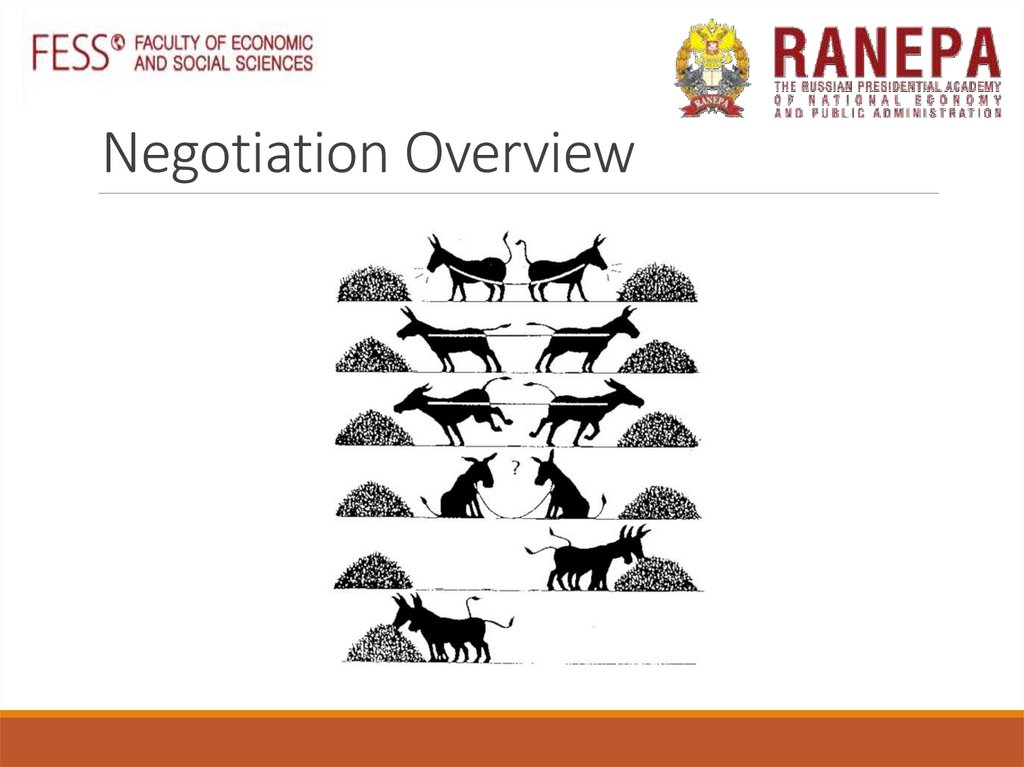



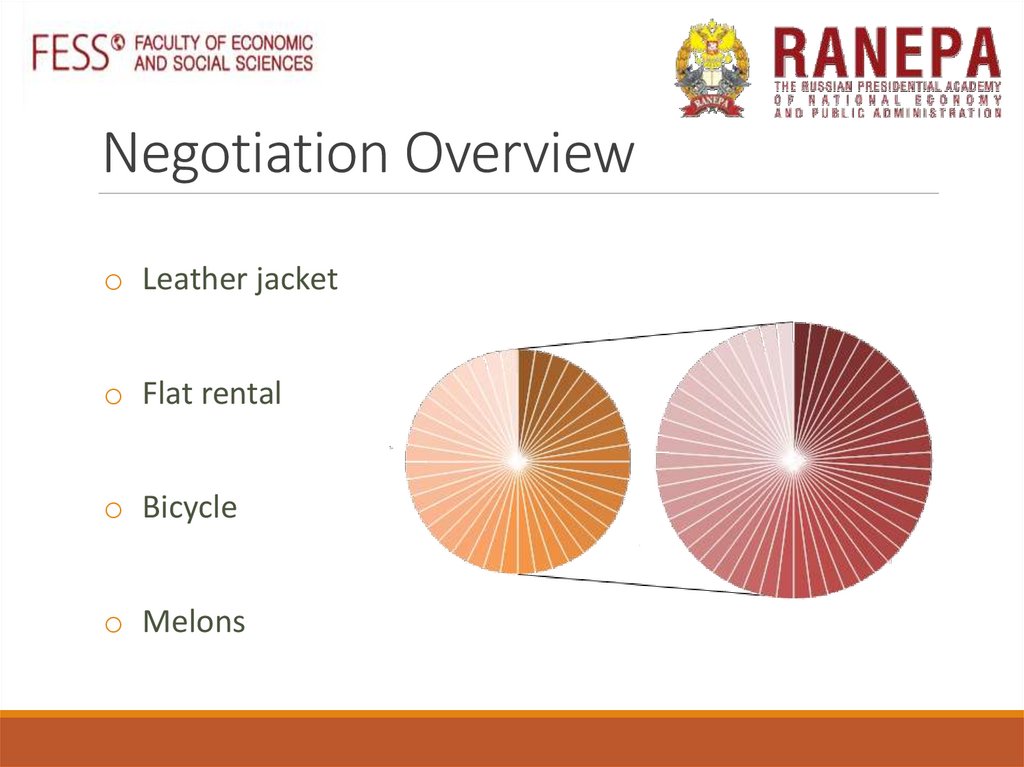


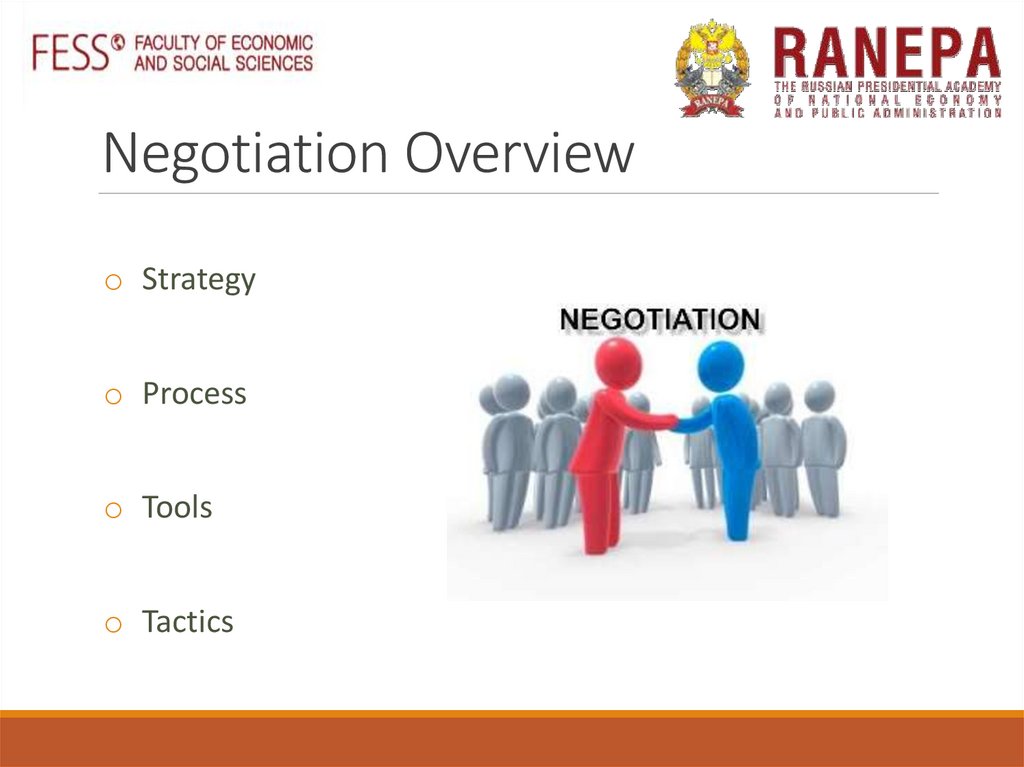















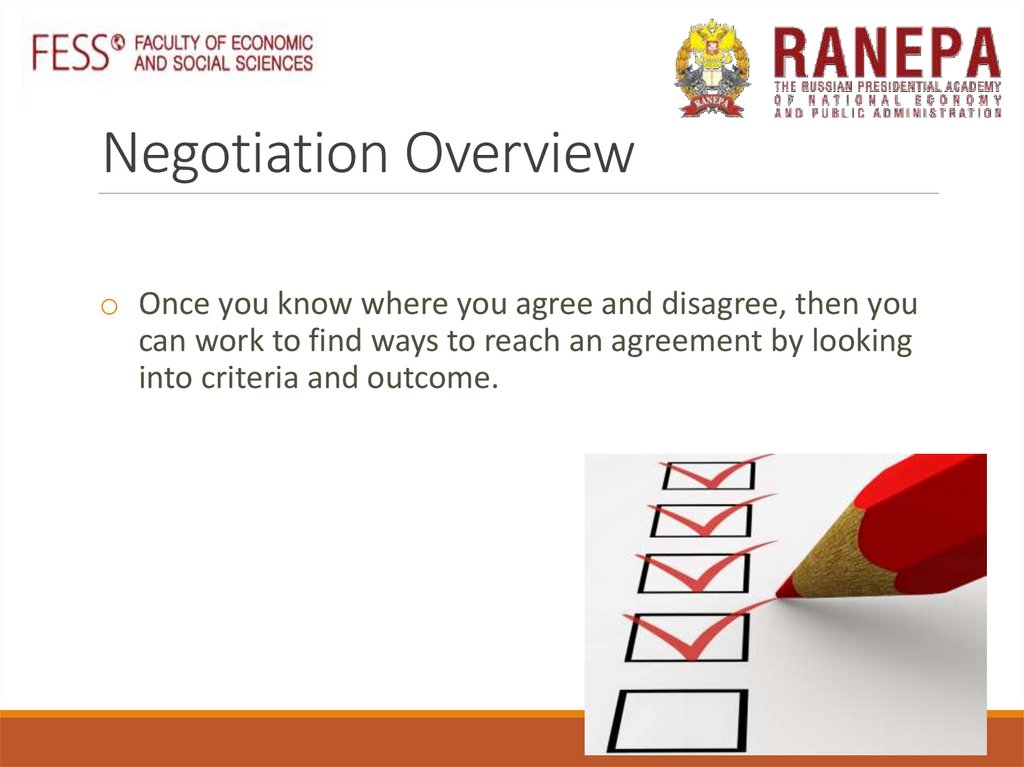

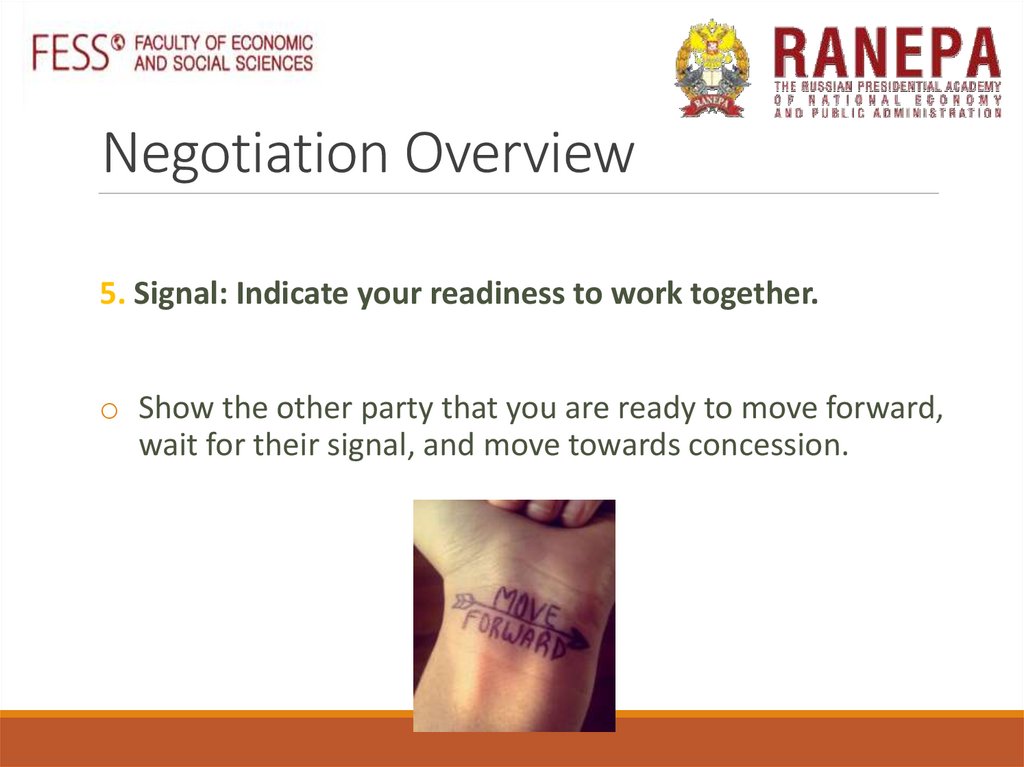






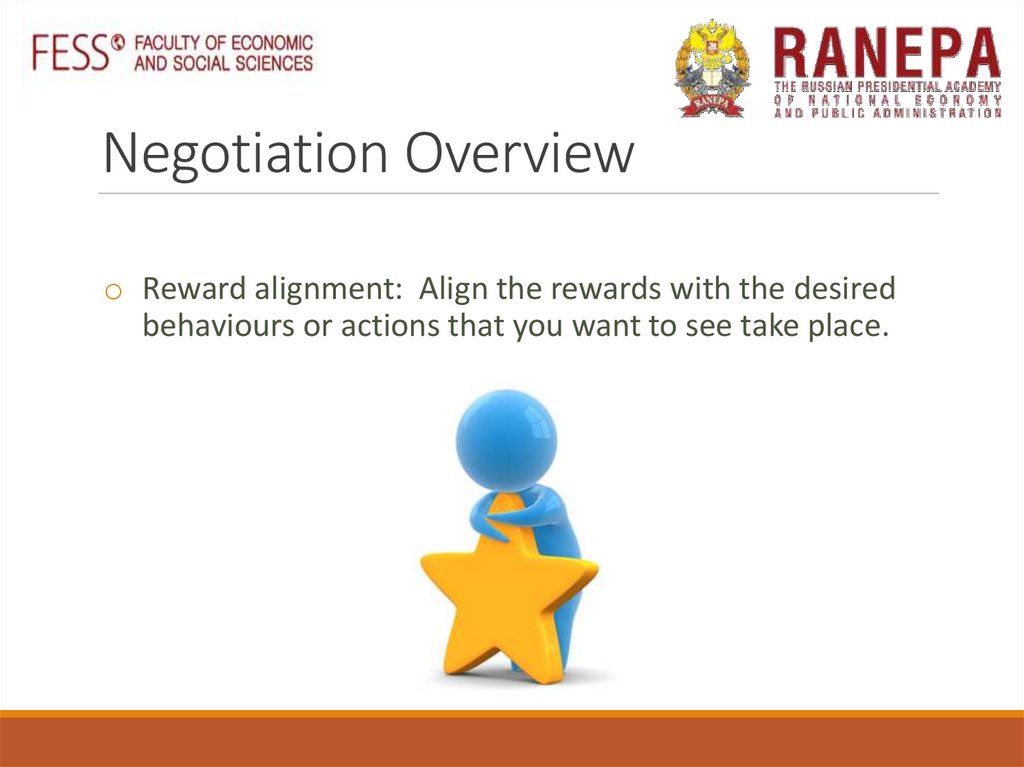

















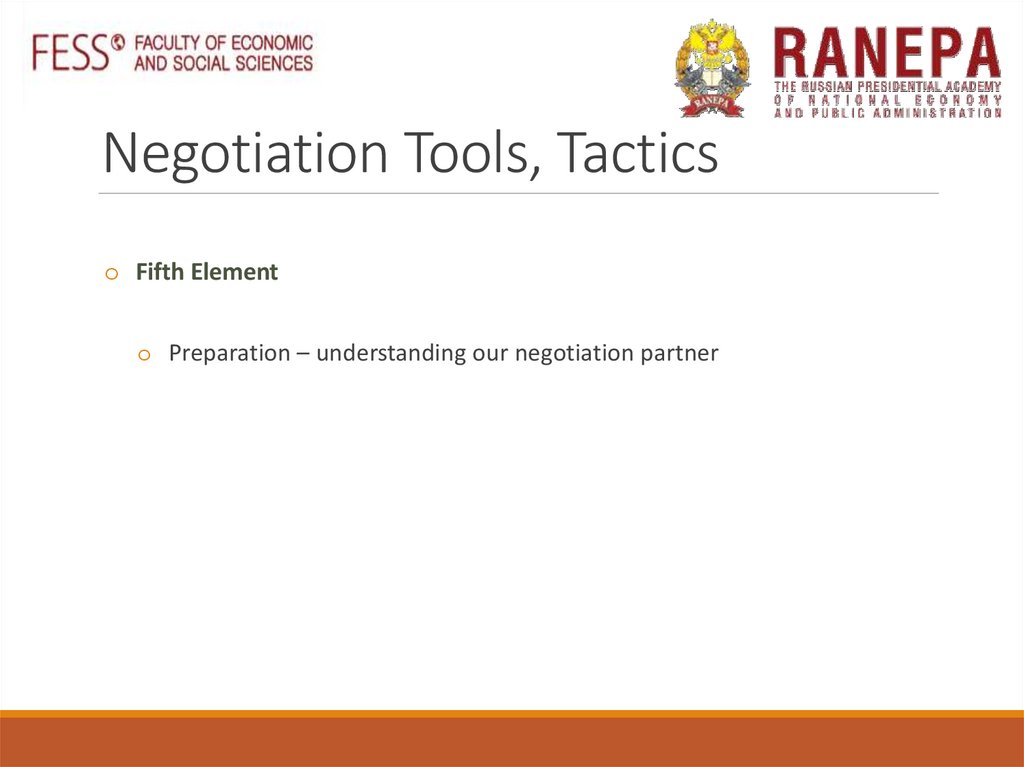





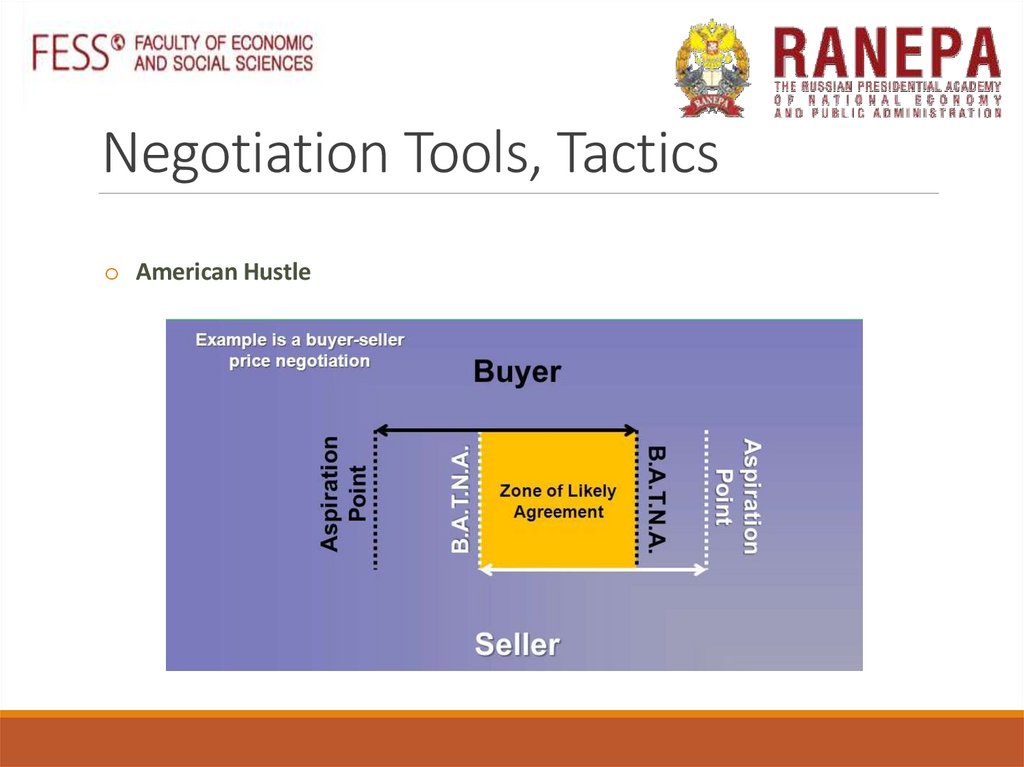

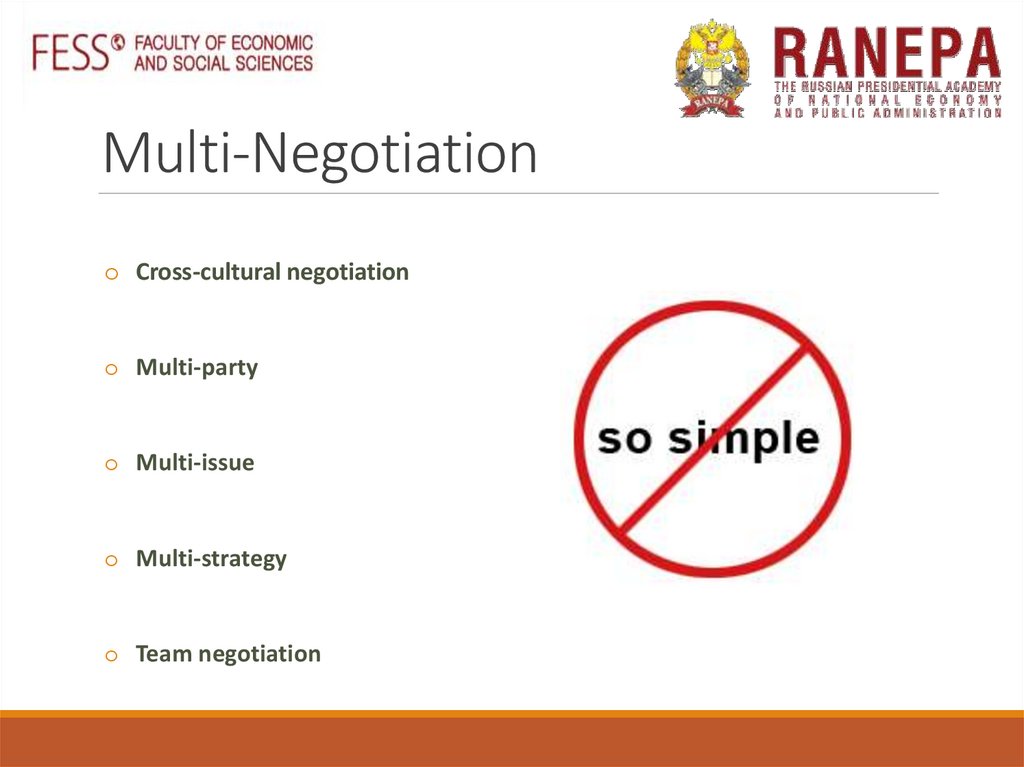






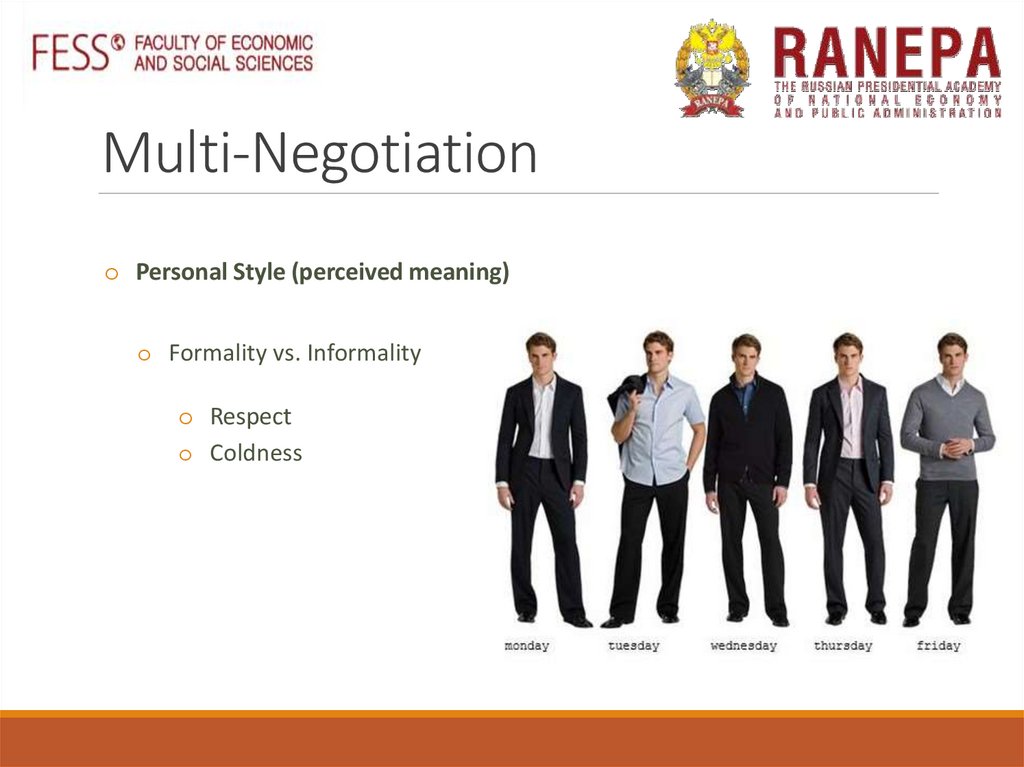



















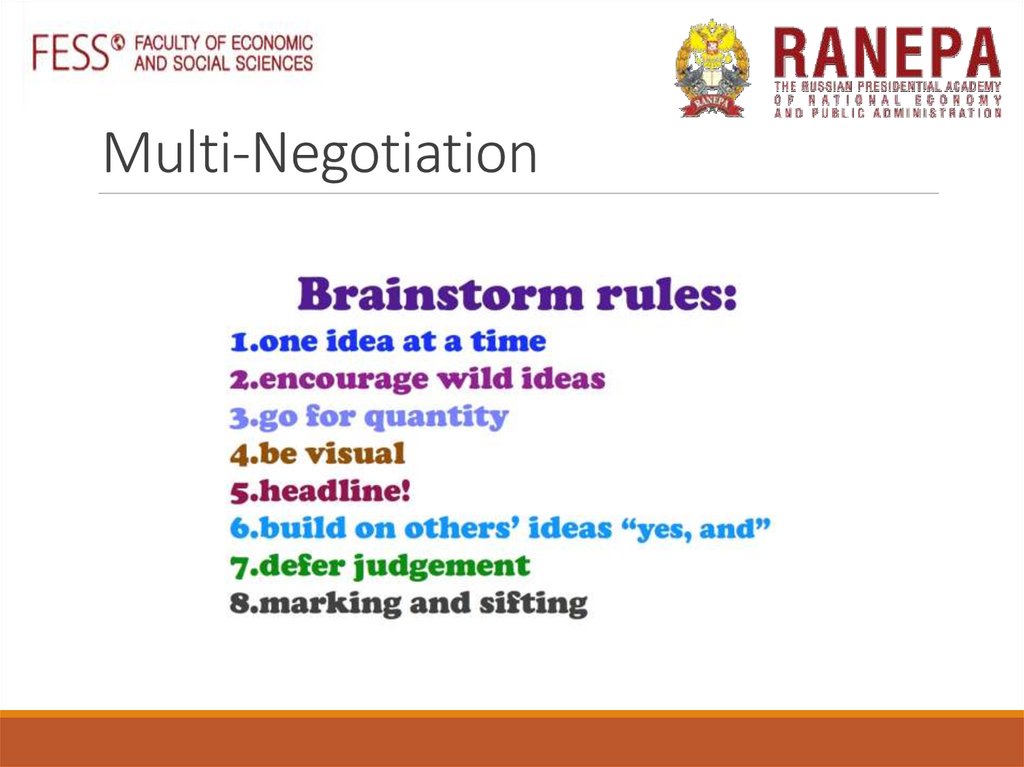





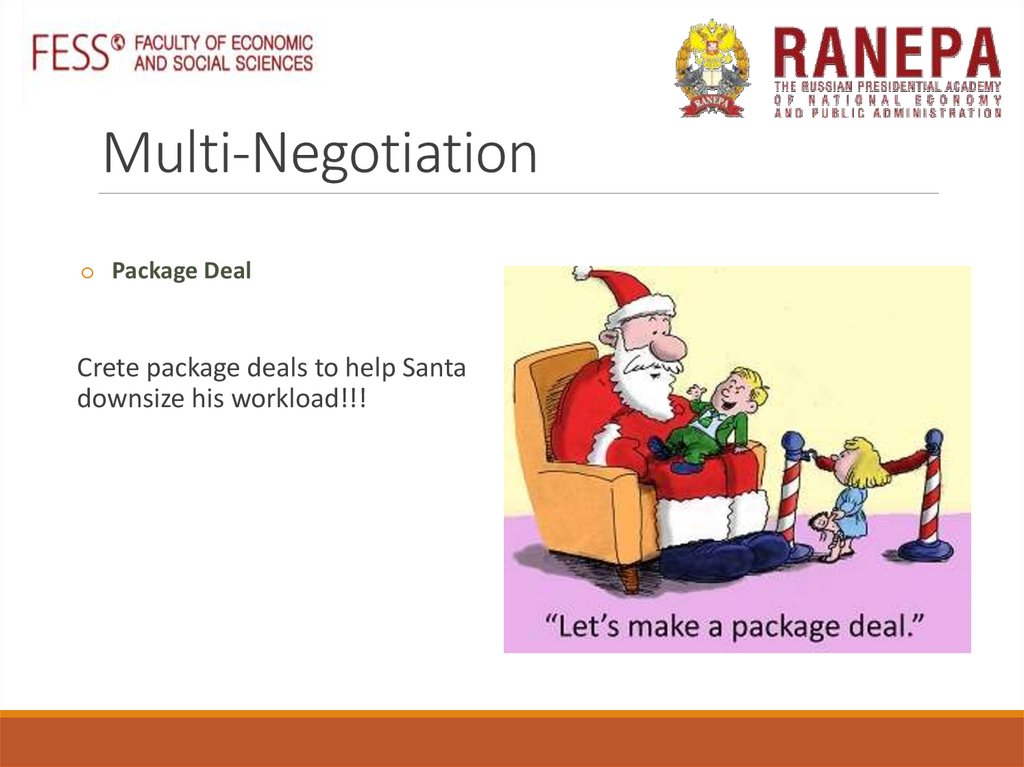







 Психология
Психология








